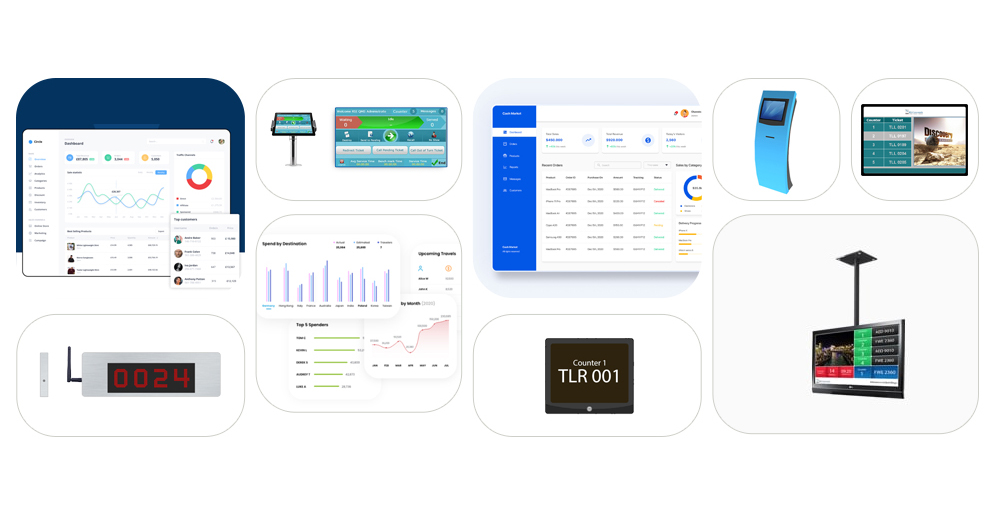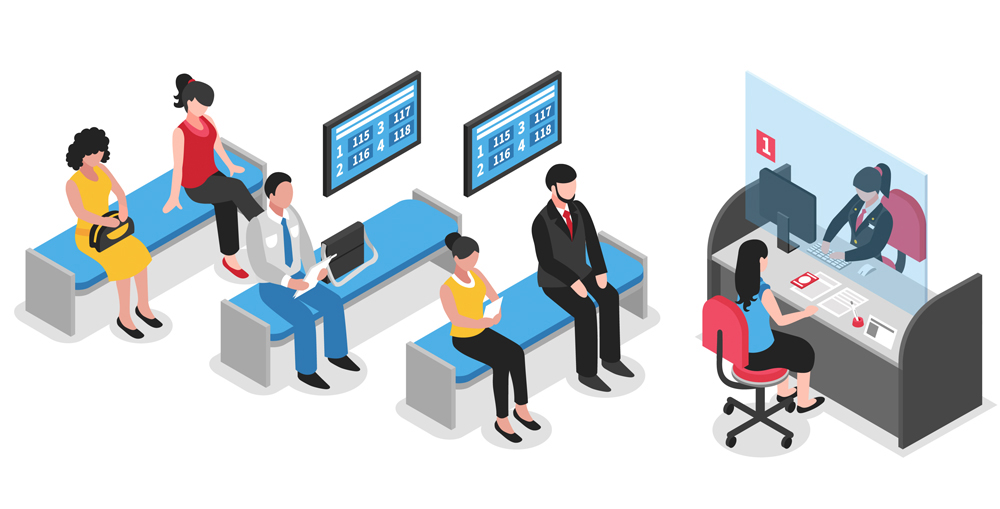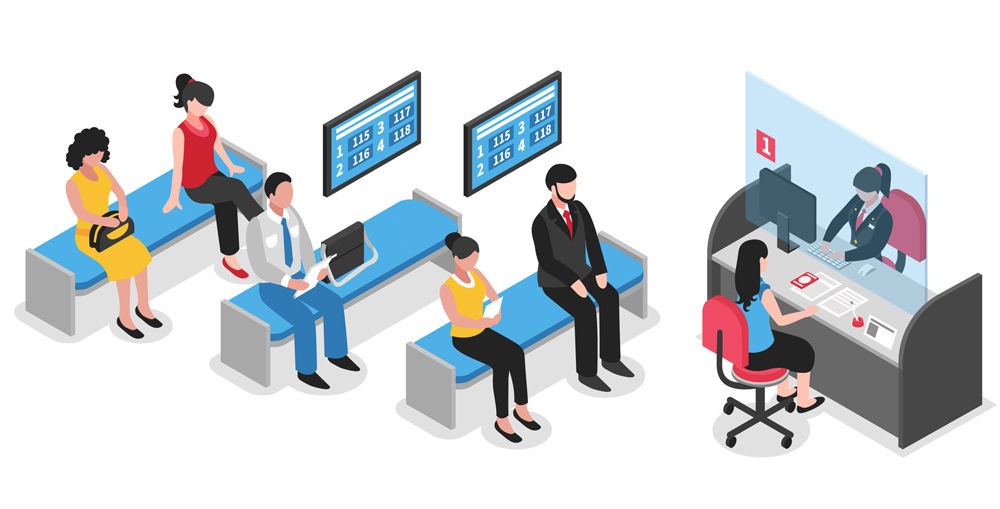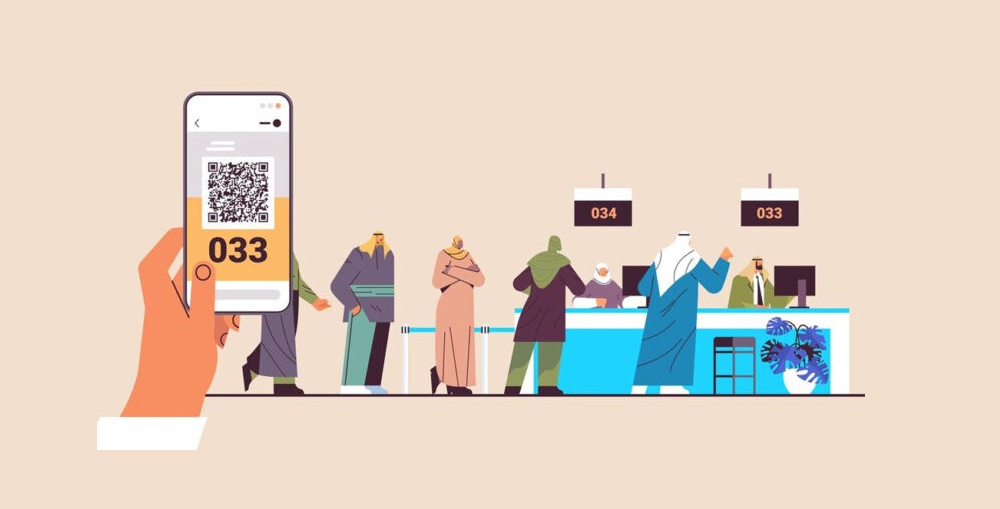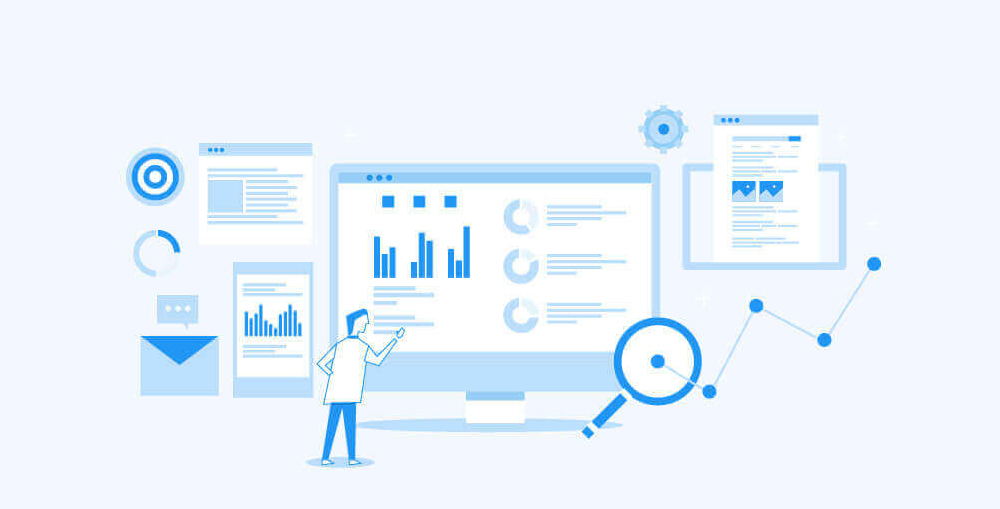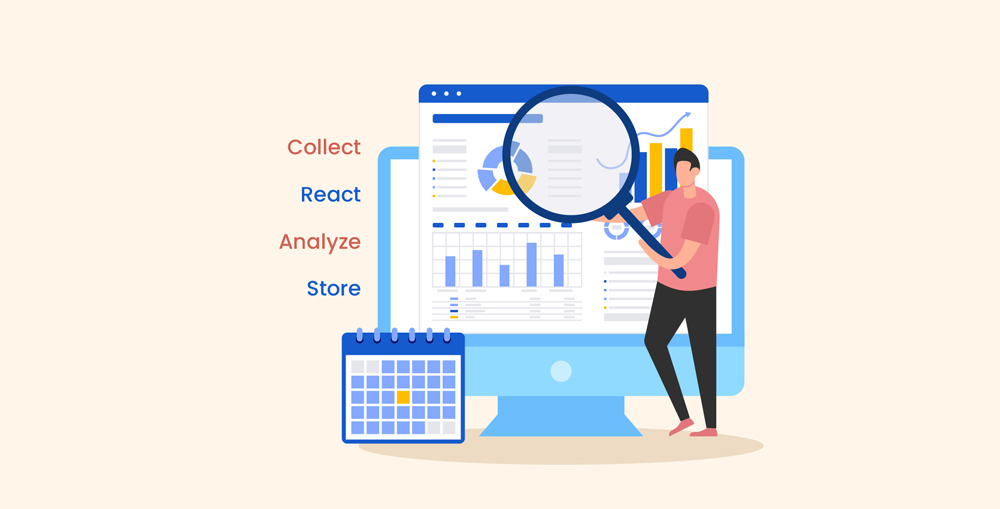Every business wants efficient operation, whether it is some internal process or a customer facing environment, the efficiency is essential. When a business has efficient work flows, processes and even the teams, they tend to produce more and better outcome with whatever resources they have in hand. That is the reason in order to generate value and drive profits a business needs efficiency in every aspect of the operations. Now when we talk about the customer facing environments, the biggest challenge is to make customer flow efficient and improve customer experience. Whether you are operating in Dubai, Sharjah, Abu Dhabi or any other part of UAE you must be aware of the fact that every customer have too many choices, you one mistake and you can lose them to your competitor. Furthermore the customers are also very demanding and they tend to switch service provider very quickly. Even just a single bad experience is enough to make customer the switch. Studies and market research have revealed that it is 9 to 25 times more expensive to acquire a new customer comparing to selling to an existing customer. That is why customer experience and customer satisfaction is crucial for a business success.
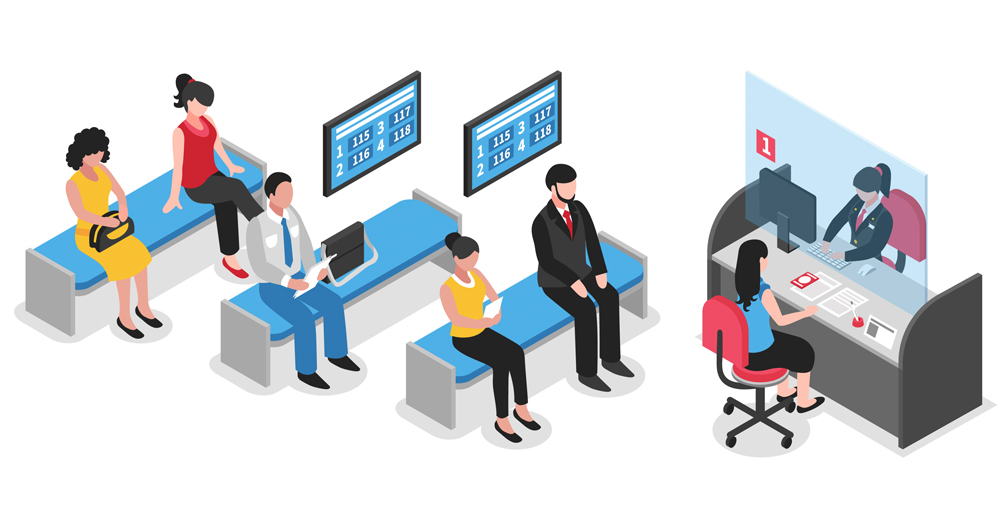
What is a Queue Management System?
A queue management system is a tool which consists of software and hardware parts and it is used to manage the customer flow and customer experience. The queue management software is a server application which is connected to an interactive self-service ticket dispensing kiosk or queuing kiosk. It is also connected to digital signage screens and audio announcement system. Some businesses also use dynamic counter plates which can also be managed through the queue management system. Furthermore the hardware part of the queue management system includes a ticket dispensing kiosk which allow your customers and visitors to interact with the system and issue them token numbers. There is a digital signage screen, which displays live queuing details and keep your guests informed about the current activities on each service counter. A business can have multiple signage depends on the premises size. Similarly the audio announcement system is also hardware part powered by in-built multi-lingual audio announcements module. The counter plates are also connected to the queue management system via network and can display the counter number/name along with the current ticket number. These components form a standard queue management system with basic configurations. Businesses can add more software and hardware components to enhance the features of the queue management system.
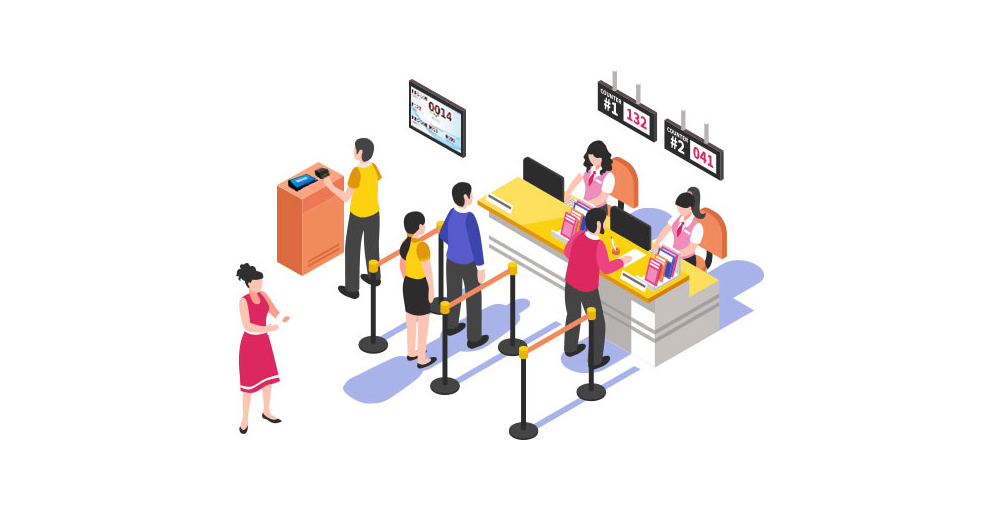
What are the Drawbacks of Poorly Organized Customer Flow?
A poorly organized customer flow have many drawbacks, it doesn’t only affect your customers but it will also have a negative impact on your employees and their performance. Which will translate to low productivity, poor growth, bad business reputation, higher customer churn rate, lower conversion rate and in the long run it will damage your brand image. When the queues or waiting lines are not managed properly the very first effect is extended wait time. When the customers will have to wait for longer period of time, they will be frustrated and annoyed. This will cause many other problems such as line jumping, customer complaints and more fraction in customer journey. When the waiting lines are not managed efficiently they employees also suffer, they will have to deal with customer complaints, they will have to manage the queues by themselves and they will have more workload, it will also distract them from their primary tasks which will undermine their performance. The customers will reach to the counter in stress and they will be unhappy, this will result in poor interaction with the service agents, and it will also make it difficult for the service agents to satisfy the customer. Long waiting lines, and extended wait time will result in higher customer churn. When employees will fail to improve their performance despite putting all efforts, they will leave too. Higher employee turnover will cause several other problems, higher customer churn rate will damage your business’s reputation.

What are The Benefits of Implementing a Queue Management System?
There are several benefits of implementing a queue management system, but it is important to understand that there are different types of queue management systems available in the market. You must have to choose the right solution that suits your needs and business type. However, one of the best way is to hire a well-reputed queue management system provider such as RSI Concepts and ask them to build a bespoke tailor-made customized queue management system according to your needs. Here are some of the benefits of implementing a queue management system:
Reduction in Customer Waiting Time
When the customer flow is well-organized, they queuing process is automated the customer wait time will automatically reduce. By implementing a queue management system businesses can automate several queuing process. The ticket dispensing is automated, the customer flow is managed by the smart algorithms of the queue management software, and the employee performance is also improved. A queue management system can automatically take decisions, and set customer route according to the historical data and the live queuing data, which is why the customer wait time is optimized. Furthermore the queue management system also help improving customers’ waiting experience by reducing the perceived wait time. It keep customers engaged and distracted from the waiting by frequently making audio-visual announcements and updating the digital signage. Furthermore the queue management system can also play multimedia content, adverts, promotional and marketing content on the digital signage which also help increasing customer engagement and help optimizing the perceived wait time.

Improved Employee Performance
When a business implements a queue management system the employee efficiency and performance is significantly improved. Without a queue management system the employees will have to adhere to several other tasks, most of which are not productive. Manually managing customer flow, especially during the peak-hours can greatly undermine the employee performance and it also have toll on service quality. However, with a proper queue management system in place the employees don’t have to worry about many things and they are free to focus on their primary and more productive tasks. This not only boost employee performance but also greatly reduce their workload. When the employees work under a balanced workload their satisfaction increases and they tend to perform better. The queue management system automate several queuing processes, and it also offers dedicated service agent dashboards, which can also lift up a lot of workload and help service agents in many tasks. Businesses can significantly improve employee performance and service quality by implementing a queue management system.

Enhanced Customer Experience
The customer satisfaction depends on customer experience and service quality, better experience results in higher customer satisfaction index. When a business implements a queue management system it automates several queuing processes. When the customers know that their tokens are issued by computer operated system, they have more trust over the system, and it assured them there will no favoritisms, no line-jumping, no intervention from the staff, whatever token is issued to them they will be served accordingly. Furthermore the queue management system keeps customers and visitors engaged and help diluting the effects of waiting and reduce their stress. This will improve their waiting experience. As the service staff is also aided by the queue management system, they are also more welcoming, fresh and prepared for the customers. This all results in a better customer interaction with the service agent and also tend to improve the service quality. Implementing a queue management system greatly improves customer experience and results in higher customer satisfaction which help your business building a strong brand image and reputation.

Real-time Monitoring and Remote Management
One of the best advantage of implementing a queue management system is that it offers real-time monitoring and remote management features. Businesses often have multiple branches where they deploy a queue management system, and even in case of only one office the real-time monitoring dashboard and capabilities to manage the system remotely are some of the most productive features. Usually there is a central location or head office where the top management resides, they want to monitor the queuing activities and stats to take timely decisions. The queue management system is a centralized software system which connects all branches and parts and enable real-time monitoring. The branch manager, or the senior manager at the head office or any other user with adequate access can monitor the live real-time queuing data and stats. Furthermore it is very easy to implement the queuing polices and strategies across the entire business, remotely from the head office. Businesses can also set automated alerts and notifications for the managers and supervisors to enable them to be more reactive towards the customer footfall and help them improve the customer flow by keeping them up-to-date all the time.
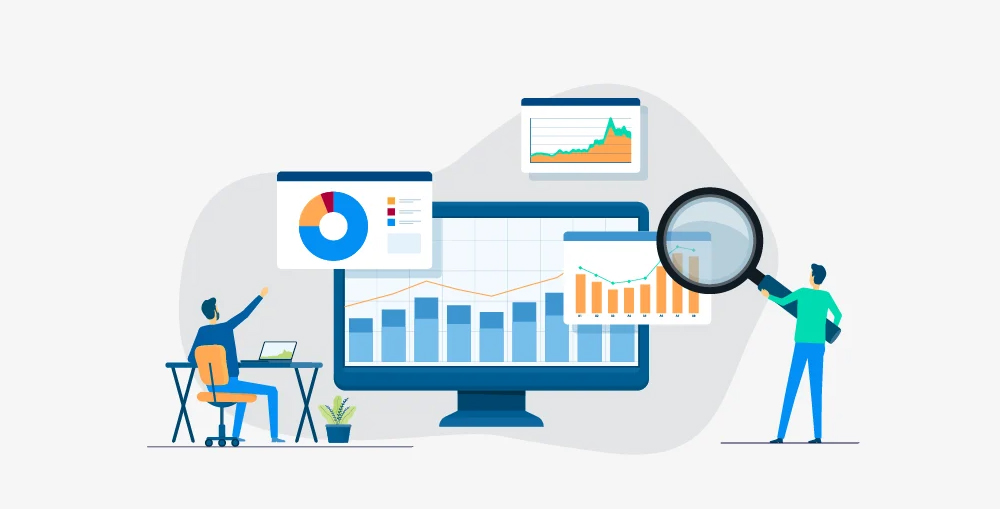
Collect Business Intelligence Data
The data is the backbone of modern fast-paced markets. Every business who wants to succeed should be able to collect, analyze and utilize the business intelligence data in order to generate value and productive outcomes. A queue management system can provide a wealth of highly accurate and valuable business intelligence data. The queue management system can collect queuing data, system usage stats, waiting time trends, customer footfall trends, employee performance and KPI metrics, and it can also collect direct customer feedback which can be incorporated in several internal decision making process to improve strategies and overall performance of the business. The queue management system can also be integrated with third-party tools and central information center which enables it to collect data from various sources, and it also allow the queue management system to provide business intelligence data for other systems and tools. Businesses can analyze the queue management system data and customer feedback using in-built analytical tools, or they can extract it in form of various intuitive report formats such as summary reports, trend reports and much more which help them utilize the business intelligence data at its full potential and maximize the overall efficiency and performance of the business.
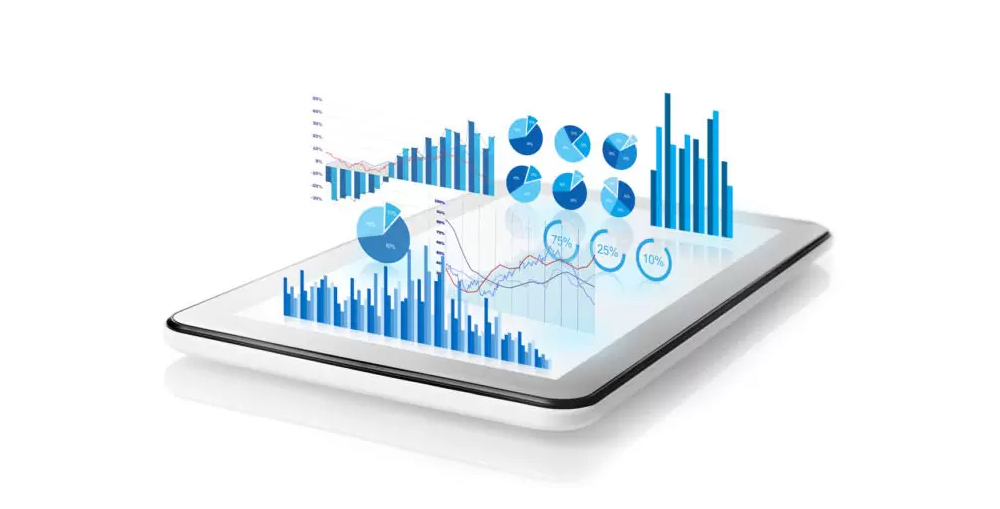
Conclusion
In modern fast-paced markets where the markets are subjected to subtle and rapid changes, a business needs a proactive approach to deal with up-coming challenges. Managing customer facing environments and maintain a satisfactory customer experience is one of the most challenging task a service-based business ever faces. Poorly organized waiting lines and long queues can have devastating effects on a business. Pool queuing strategy and manual queue management can results in poor employee performance, low service quality, and unhappy customers. However when a business implements q modern queue management system, they can greatly improve employee performance, customer experience and consequently customer satisfaction. A queue management system offers many features which can help improving the customer flow and minimizing the customer churn rate. In this blog we have discussed what a queue management system is and how businesses can benefits from it. If you want to learn more about the subject or if you want our help to build you a tailor-made queue management system for your business, please feel free to contact us through our Contact Us page or leave a comment in the comment box below and we will get in touch with you soon.
